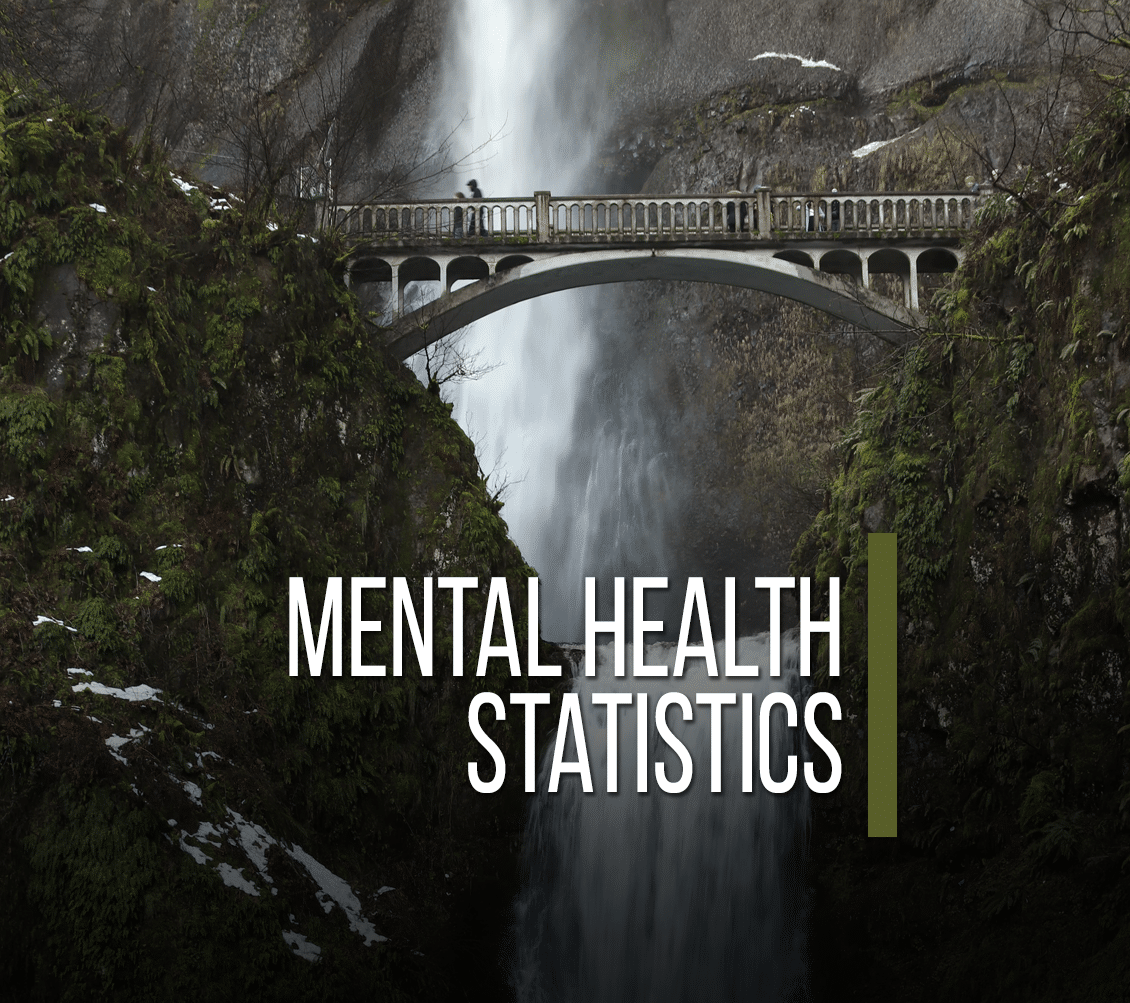Previously, we shared statistics on substance abuse and overdose impacting America and today wanted to couple it with mental health statistics. The following mental health statistics are for adults and you.
Why share these? One of the most beneficial things anyone can do with treatment is to talk about it. First, it brings awareness to people. Secondly, it normalizes the situation by bringing to light how many people struggle with it. Finally, it provides support to those who struggle with mental health because now it is okay to talk about and ask questions for help and understanding.
We will include a couple of stats for pastors, but there is a whole study we covered on the blog about mental health statistics in the church which is pretty alarming. Even more so, there is a more recent study talking about how churches do, or do not, support families and those who struggle with suicidal ideation.
Kids
- Half of all mental health disorders show first signs before a person turns 14 years old, and
three quarters of mental health disorders begin before age 24. - Unfortunately, less than 20% of children and adolescents with diagnosable mental health problems receive the treatment they need. Early mental health support can help a child before problems interfere with other developmental needs. (MentalHealth.gov)
- At any point in time, 1 in every 10 children and adolescents are affected by serious emotional disturbances.
- PTSD generally starts within three months of the event,
however for someindividuals it doesn’t appear until much later. In any given year, 5.2 million Americans (including children and adolescents) suffer from PTSD. - 3 and 5 percent of children have
ADHD, or approximately 2 million children in the United States. This means that in a classroom of 25 to 30 children, it is likely that at least one will have ADHD.
(American Academy of Child And Adolescent Psychiatry)
Adults
- One in five American adults experienced a mental health issue.
- The vast majority of people with mental health problems are no more likely to be violent than anyone else. Most people with mental illness are not violent and only 3%–5% of violent acts can be attributed to individuals living with a serious mental illness. In fact, people with severe mental illnesses are over 10 times more likely to be victims of violent crime than the general population.
- Only 44% of adults with diagnosable mental health problems and less than 20% of children and adolescents receive needed treatment.
(MentalHealth.gov) - About 5.7 million American adults or about 2.6 percent of the population age 18 and older in any given year, have bipolar disorder. Both children and adolescents can develop bipolar disorder. It is more likely to affect the children of parents who have the illness.
- Schizophrenia is a chronic and disabling brain disorder. It affects about 1% of Americans. Psychotic symptoms usually appear in males during their late teens and early 20s and in females in their mid-20s to early 30s. Symptoms seldom appear after the age of 45 and rarely before puberty. (American Academy of Child And Adolescent Psychiatry)
- Pastors themselves aren’t immune from mental illness. About a quarter (23 percent) say they’ve experienced some kind of mental illness, while 12 percent say they’ve received a diagnosis for a mental health condition. (Lifeway Research)
